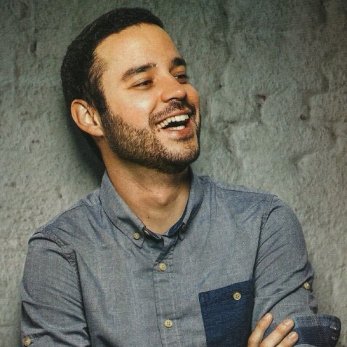According to the excellent study of Tina Mermiri, the imminent cuts in public funding to the arts are expected to leave a significant deficit in the sector’s finances. The findings laid out in her report show clearly that the private sector and philanthropists in particular will not be able to fill this gap because a) the gap is too large and b) some major philanthropists themselves have said that they are not inclined to give more. However, her report sets out to bring together various pieces of research conducted by Arts & Business and externally on philanthropy in general and to the arts, to assess the facts, the trends and the potential. What we currently know is that private investment accounts for an average of 15% of the arts’ income, of which 55% comes from individuals. Over the years, this source of investment has generally experienced a positive growth, across most regions and artforms. Reference to the arts throughout the report includes museums and heritage, visual and performing arts and other combined artforms. The definition therefore encompasses the whole of the non-commercial cultural sector – where possible, we also provide a breakdown of the analyses below according to artform. The analysis illustrates that individual giving makes a substantial contribution to those organisations that rely on it. However, there is still more that can be done for those organisations to attract higher levels of individual giving, and even more for the sector which currently doesn’t engage with individuals on a philanthropic remit. Based on the current trends and how and why they are changing, the findings suggest that growth will come from those already interested in and engaged with the arts. A call to collective action and responsibility to support the sector will help the arts capitalise on their existing and powerful networks, which will prove crucial for the future. Collaboration within the sector will be instrumental in mobilising support, but what must also be recognised is how different markets can respond to different campaigns, whilst reflecting on their propensity and ability to give. Friends schemes, giving circles (a growing trend in the US) and crowd funding (a growing trend online) neatly feed into this need for network building1 , community engagement, localism and the Big Society. Interesting data : Only 2% of philanthropically active individuals contribute to the arts. Barry Hughson from the National Ballet of Canada Dance sensation
Related Articles
the less known work of a basketball icon
discover the Solarium project
meet the DOT Interns
How do you make immigrants participate in the economy?
Rodriguez Ferrera and the self-managed communities in Spain
Artist and inventor and entrepreneur
Sophia Wang and the innovative solution of MycoWorks
A tool kit for learning disabilities
Clare Wavamunno and the Hill Preparatory School
The best Web 2.0 Classrooms Tools (2)
part 2: Voki
We are faced with a climate emergency. Can art help?
The artist Kito Mbiango contributed to OLBIOS this interview by Jill Van den Brule, In it, Mbiango points to the crucial role of art in communicating risks, but also motivating people to act.
Peace among the parents of the dead
an extraordinary joint Palestinian-Israeli organization
Where technology and education meet
The work of the 'Youth for Technology' foundation
![]()
STAY IN TOUCH
SUBSCRIBE TO OUR NEWSLETTER
AND RECEIVE OUR LATEST STORIES










